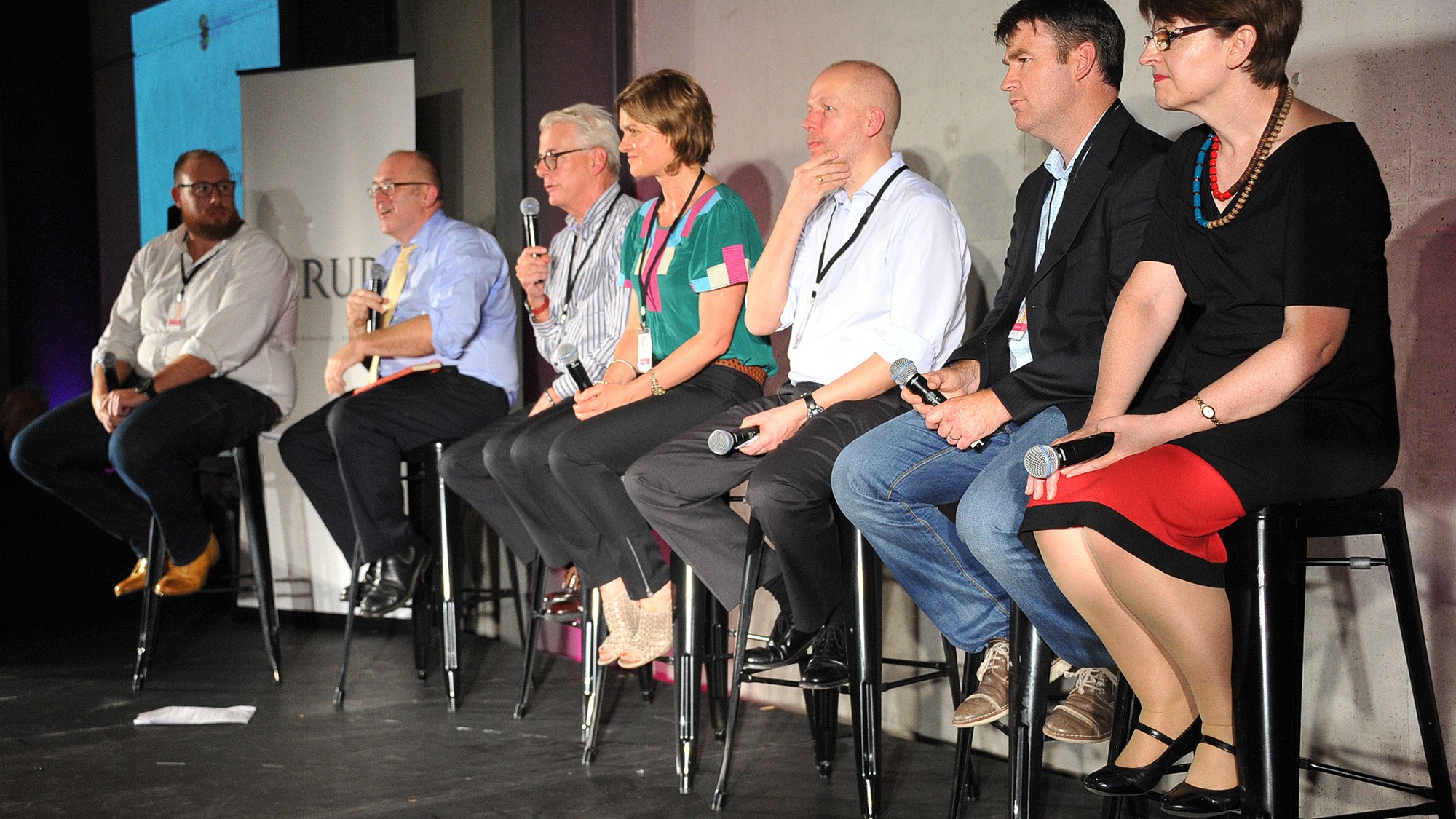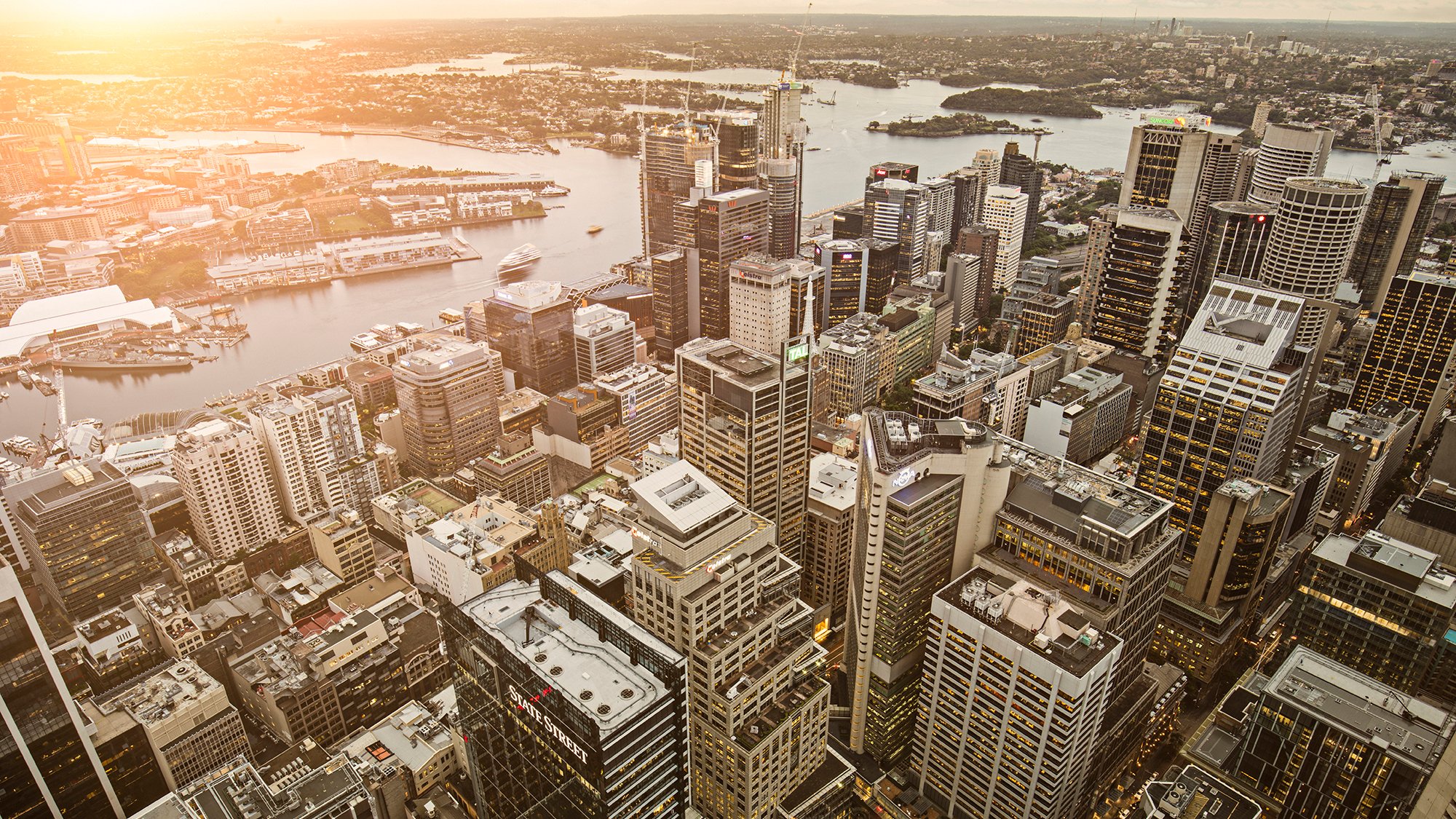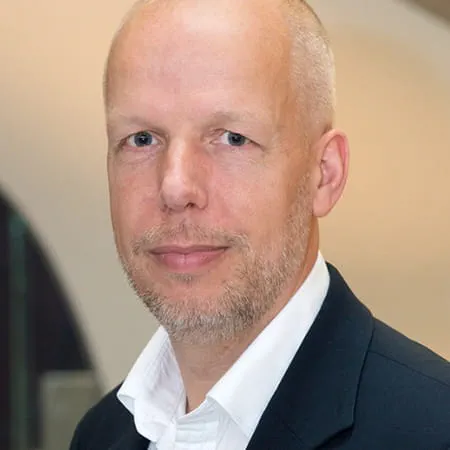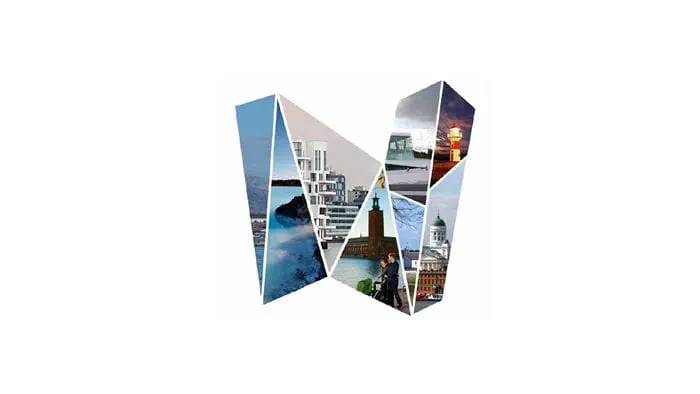Sydney has a great opportunity to transform itself into a smart city in the coming years.
During my recent visit to Australia I attended Arup’s first Shaping our City forum, where we looked at where Sydney is up to and the challenges it’s facing. I met people from government agencies, local council, and academia all working to make the best use of technology and data to make a more liveable, efficient and greener city.
Sydney has the chance to get on a really steep trajectory over the next few years. One thing to already be excited by is that when I travel from city to city to discuss the potential of these advances I’m often met with the request to lower the targets in the short-term, in Sydney the attitude was to expand and increase the targets!

While that is the case, my advice to the city’s leaders is to be realistic about what you want to achieve in the next 12 months, but to be much more ambitious than you currently are for the next five years – the medium-term future is often under-imagined.
And as Sydney goes down this path, the political leaders need to think about making sure all the data they collect enhances and doesn’t detract from the lives and rights of its citizens.
All over the world, civic leaders are thinking about what it means to be a smart city. When I use that term, it encapsulates all the tools that cities are using, trends like social media, the Internet of Things (internet connected devices) and data analytics in five main areas.
“All over the world, civic leaders are thinking about what it means to be a smart city. ”
Volker Buscher Former Chief Data Officer
When I use that term, it encapsulates all the tools that cities are using, trends like social media, the Internet of Things (internet connected devices) and data analytics in five main areas. These are:
Economic growth
Employing all this technology in a city actually creates jobs and growth. This is being recognised in places like London, where the finance sector has traditionally been the main driver of employment. As digital capabilities increase, the city’s mayor is now considering whether the tech sector should be the next area to grow strategically.
Understanding city constraints
Using the data to understand the functional constraints cities suffer and how to improve them, such as water use or transport. For instance, in Hong Kong’s New Town development there’s no room for cars, so authorities are using smart ticketing and payment systems and providing consumers with real-time information to make the public transport system more efficient and to encourage people to use it. This taps into a global change in attitude among young people, who no longer aspire to own a car, but instead want mobility as a service. Sydney is heading in a similar direction with its Opal card.
Environmental constraints
We can also use resources to measure and optimise our consumption of resources and the amount of pollution we produce. We will not be able to decouple increasing resource consumption from the economic and population growth in cities without using technology.
The social and care agenda
It’s not just the young, mobile and highly skilled worker who can tap into the smart city. For instance, technology could help someone with early stage dementia stay in their home for another year by coordinating care and keeping them connected to sources of help. Or it could help organise a car pool so a single parent could do the weekly shopping in a single outing.
Political engagement
Citizens have access to an unprecedented amount of data about their city and their place in it. On top of that social media means they can engage with the political leaders of a city like never before.
For instance, people can now measure the air and water quality where they live rather than relying on the city for the information, or organise a huge online campaign about the closure of a small suburban fire station.
These five areas all create and rely on a huge amount of data about the city and its citizens and this is something cities need to think about.
The big issue that his hanging over the development of Sydney as a smart city – and indeed of any city that aspires to this – is what we call the humane city.
We need to avoid the mistake that city leaders all round the world made 40 or 50 years when they put up high rise towers made of concrete and steel that looked like innovation but weren’t actually very good to live in.
We need to avoid building the equivalent of steel and concrete towers of data that instead of enhancing citizens’ lives actually end up detracting from it.
The ubiquitous nature of the smart city will create data and transparency around an individual’s life that currently the individual doesn’t have control over because the data is owned and managed by others. Cities will have to develop a well thought out around what ethical or humane values for the digital city that deals with inclusiveness, privacy and trust.
“Often it’s the context in which the data is used that can create problems. ”
Volker Buscher Former Chief Data Officer
For instance, no one wants information about how many times they go to the gym or what sort of food they eat to be revealed to their insurance company without their permission. Or if your fridge tells you that you’ve purchased too many fatty foods and you shouldn’t have that second beer, that’s a message you probably don’t want to get from your home appliances, however well meaning.
But if your fridge goes through your recent supermarket purchases and sends you a mobile phone alert that one product contains peanuts then that’s a service you’d be very grateful for if you have a child with a nut allergy.

The humane city is about finding the right balance between privacy and trust and your own security, and a better articulation of what a citizen perceives as valuable to them
We must remember that the city is owned by its citizens, they’re not employees. The smart city has to deliver its citizen experience or a human experience on their terms that they will want to be a part of.
This can be a problem for city leaders and politicians. Just as when the global financial crisis erupted, citizens didn’t blame the banks but blamed politicians for not properly regulating the banks, politicians will be blamed for the misuse of data even if it’s by private companies.
But it’s not an insurmountable problem. It’s just one that Sydney’s leaders need to be aware of and consider as they go down the path of becoming a smart city.
 ;
;






